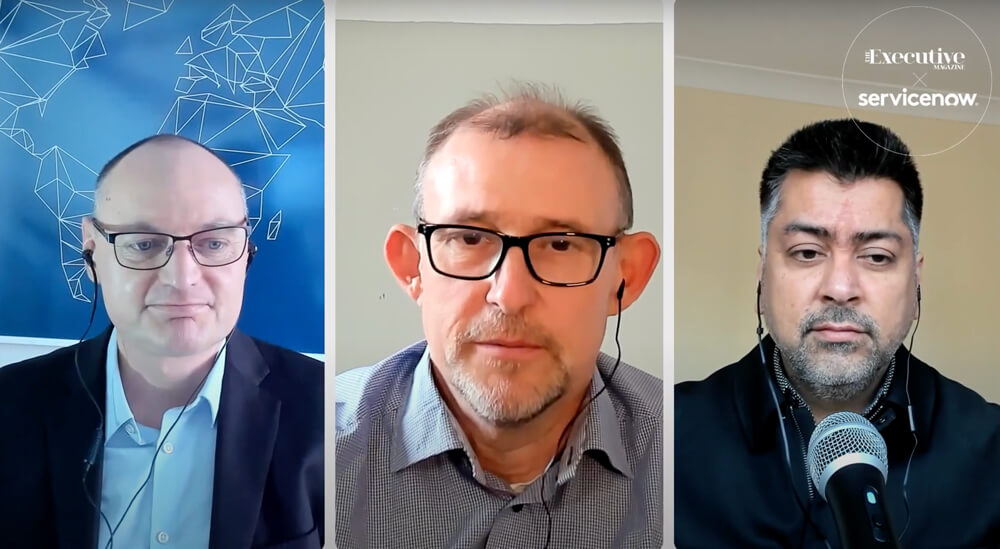Top AI leaders reveal strategies for turning artificial intelligence from buzzword to business asset
A recent exclusive webinar hosted by The Executive Magazine brings together key figures at the forefront of enterprise AI adoption for a candid discussion about transforming theoretical potential into tangible business value.

Mark Chillingworth moderates this illuminating conversation with Adam Spearing, EMEA Head of AI Innovation at ServiceNow, and Dr Rohit Dhawan, Executive Director and Group Head of AI at Lloyds Banking Group—a discussion that offers crucial insights for any executive navigating the rapidly evolving AI landscape.
Glimpse into AI leadership at scale
What does successful AI implementation actually look like in a major enterprise? Dr Dhawan offers a compelling behind-the-scenes view of Lloyds Banking Group’s approach, where an AI Centre of Excellence coordinates a team of over 3,000 specialists.

“We want to put our organisational force behind AI,” Dr Dhawan explains, highlighting how the banking group strategically positions AI as central to its business transformation rather than as a peripheral technology experiment.
The discussion reveals how leading organisations are moving beyond theoretical applications to establish concrete governance structures, development methodologies, and leadership models that deliver measurable results across multiple business domains.
From automation to reimagination
The conversation takes a fascinating turn when exploring how truly forward-thinking companies transcend basic automation to fundamentally reimagine their operations through AI.
Spearing describes ServiceNow’s distinctive approach: integrating AI directly into workflows rather than treating it as an add-on technology. This positioning allows clients like British Telecom to achieve early success with knowledge management and client engagement improvements that establish confidence for broader business transformation.
“It’s not doing what you’ve done better. That’s okay, but it’ll only take you so far,” Spearing notes, pointing to a critical mindset shift that separates leaders from followers in the AI adoption journey.
Democratising innovation or introducing risk?
Perhaps the most thought-provoking segment addresses the delicate balance between democratising AI tools throughout an organisation and maintaining appropriate safeguards—particularly in heavily regulated sectors like banking.
Dr Dhawan describes Lloyds’ innovative “two-speed governance model” that enables rapid innovation while protecting critical systems and customer data. This approach allows personal productivity applications to move quickly while implementing more rigorous reviews for initiatives touching core banking infrastructure.
The webinar offers valuable insights into practical governance frameworks that enable rather than inhibit innovation—a crucial consideration for any organisation scaling AI capabilities beyond isolated use cases.
A glimpse of what’s next
The discussion concludes with both leaders offering their predictions on AI’s near-future impact. Dr Dhawan makes a particularly bold forecast: “Every single process will be AI-impacted or AI-influenced… and there will not be a customer-facing application without elements of AI.”
Most striking is his timeline—suggesting this transformation will materialise not in the distant future but within the next 12-18 months.
This conversation goes beyond theoretical discussions to reveal practical approaches being implemented today by organisations at the cutting edge of AI adoption. For executives seeking to navigate the rapidly evolving AI landscape, the complete webinar offers invaluable insights from those who are successfully translating potential into performance.



